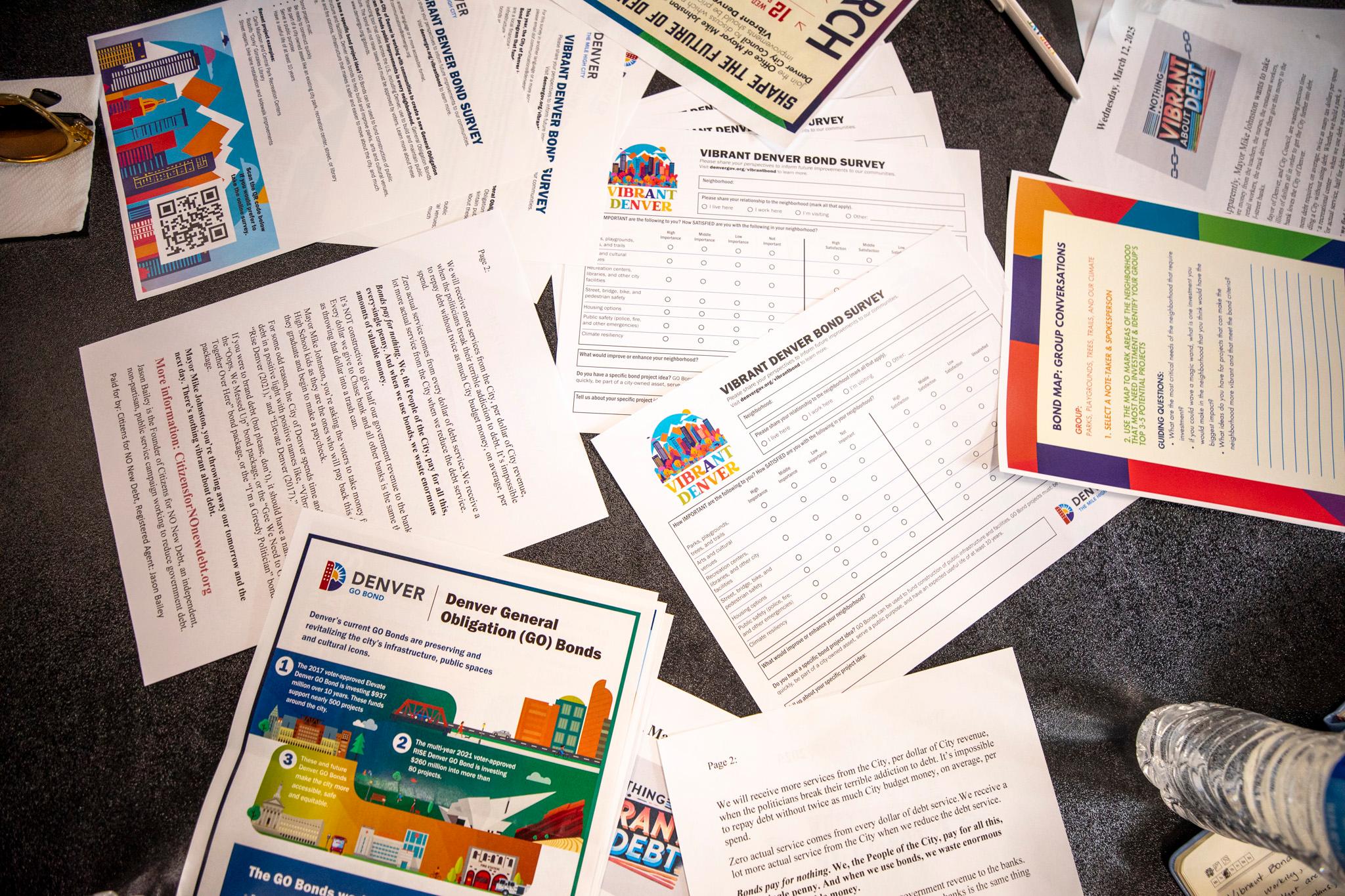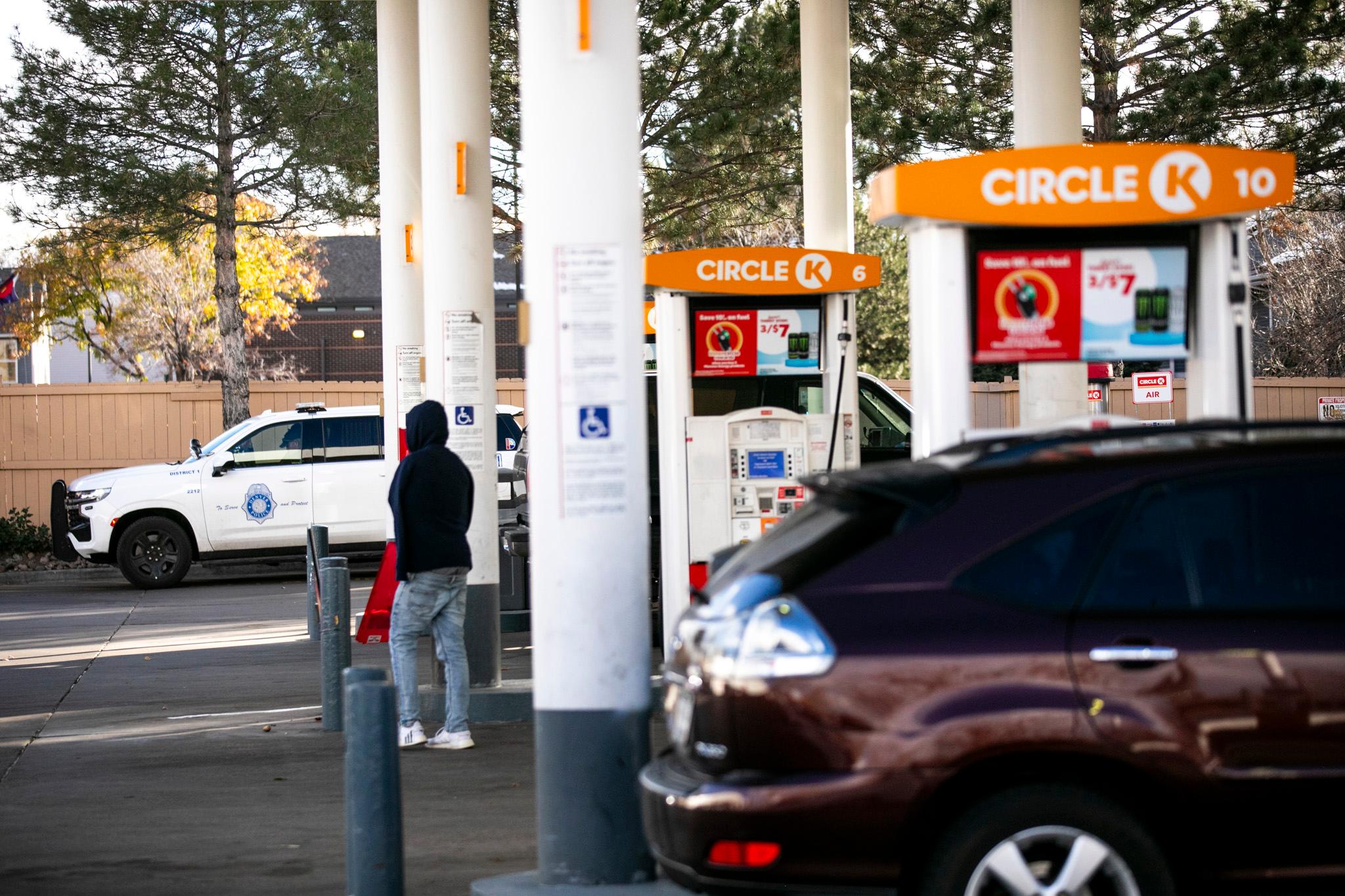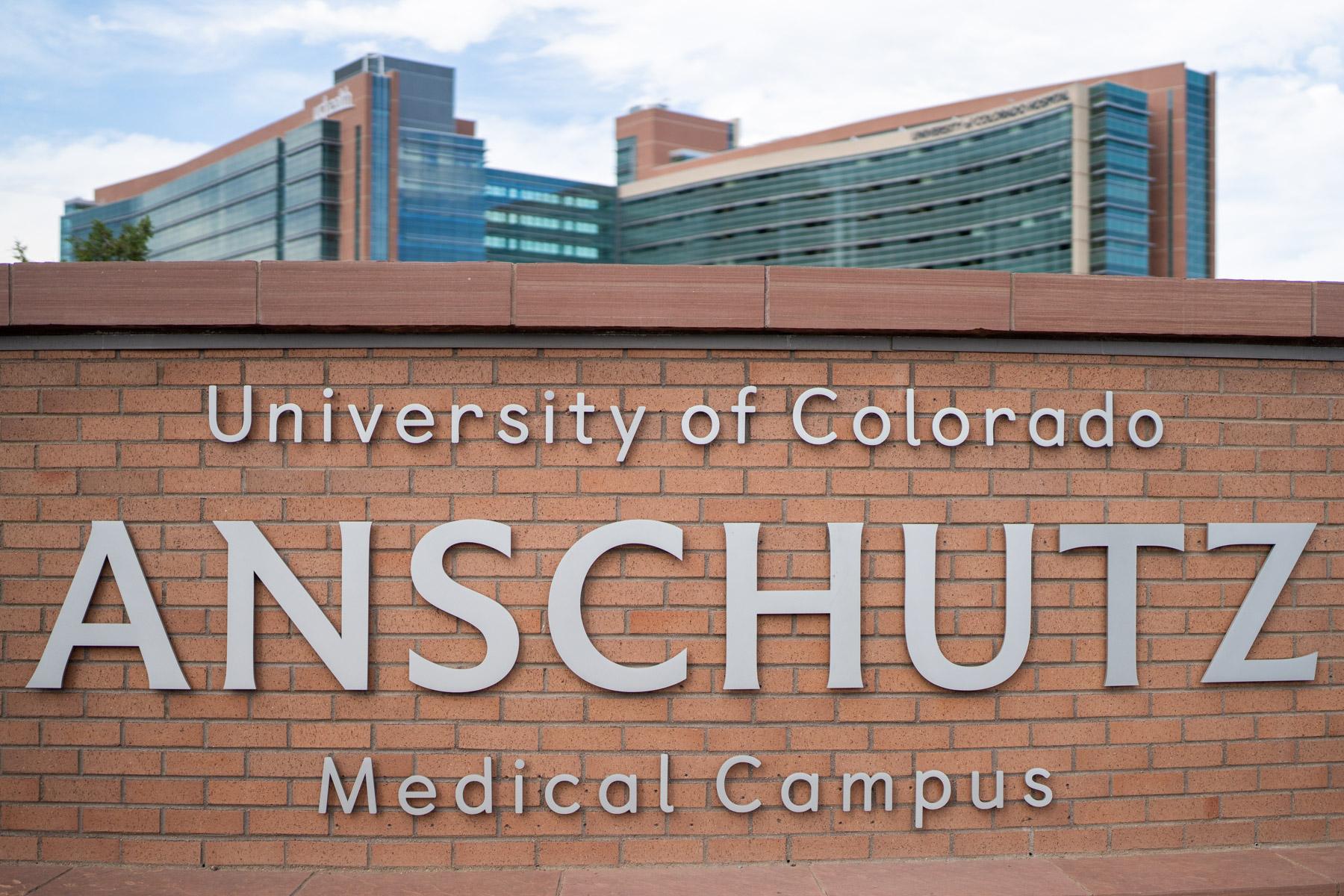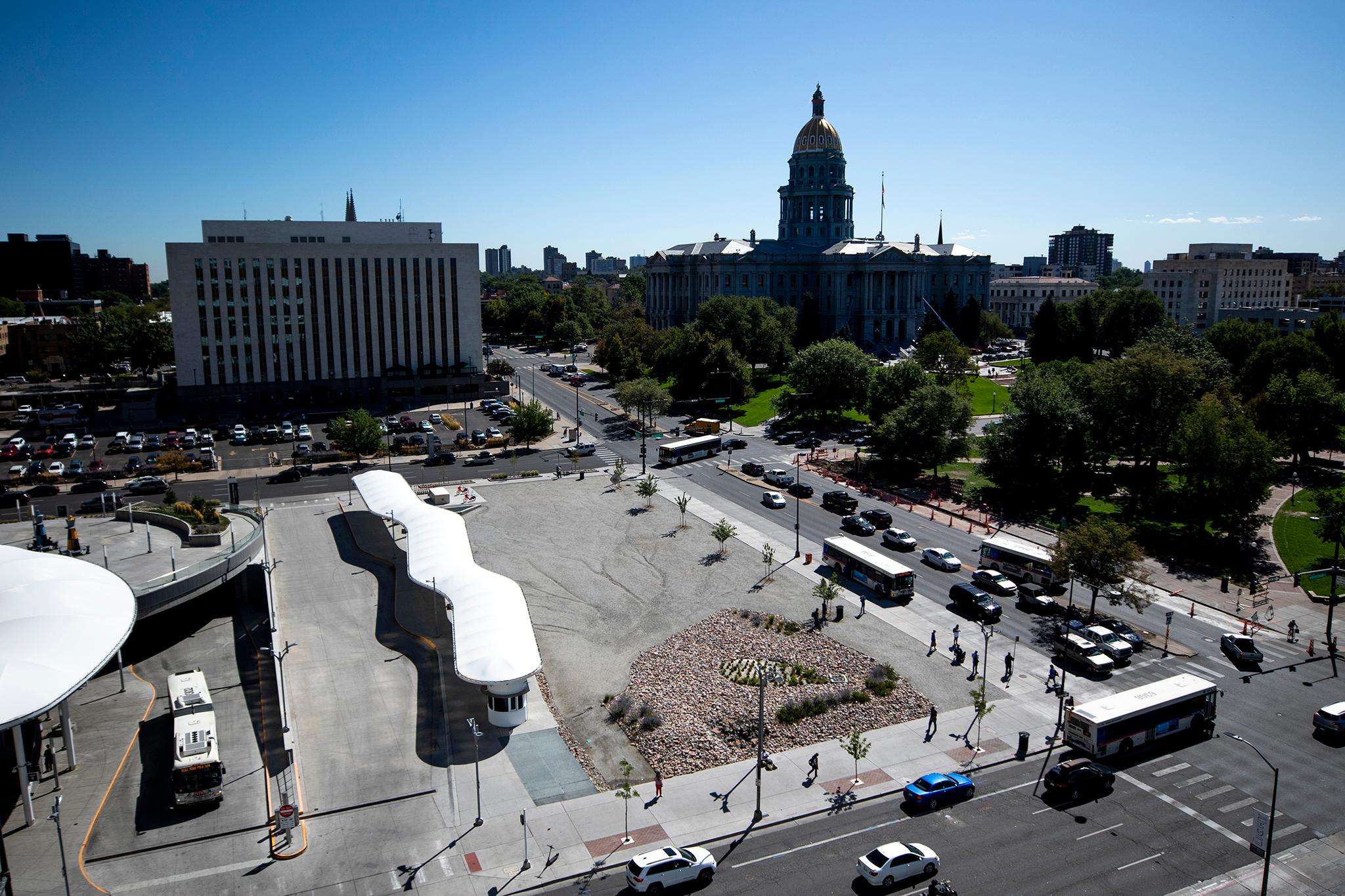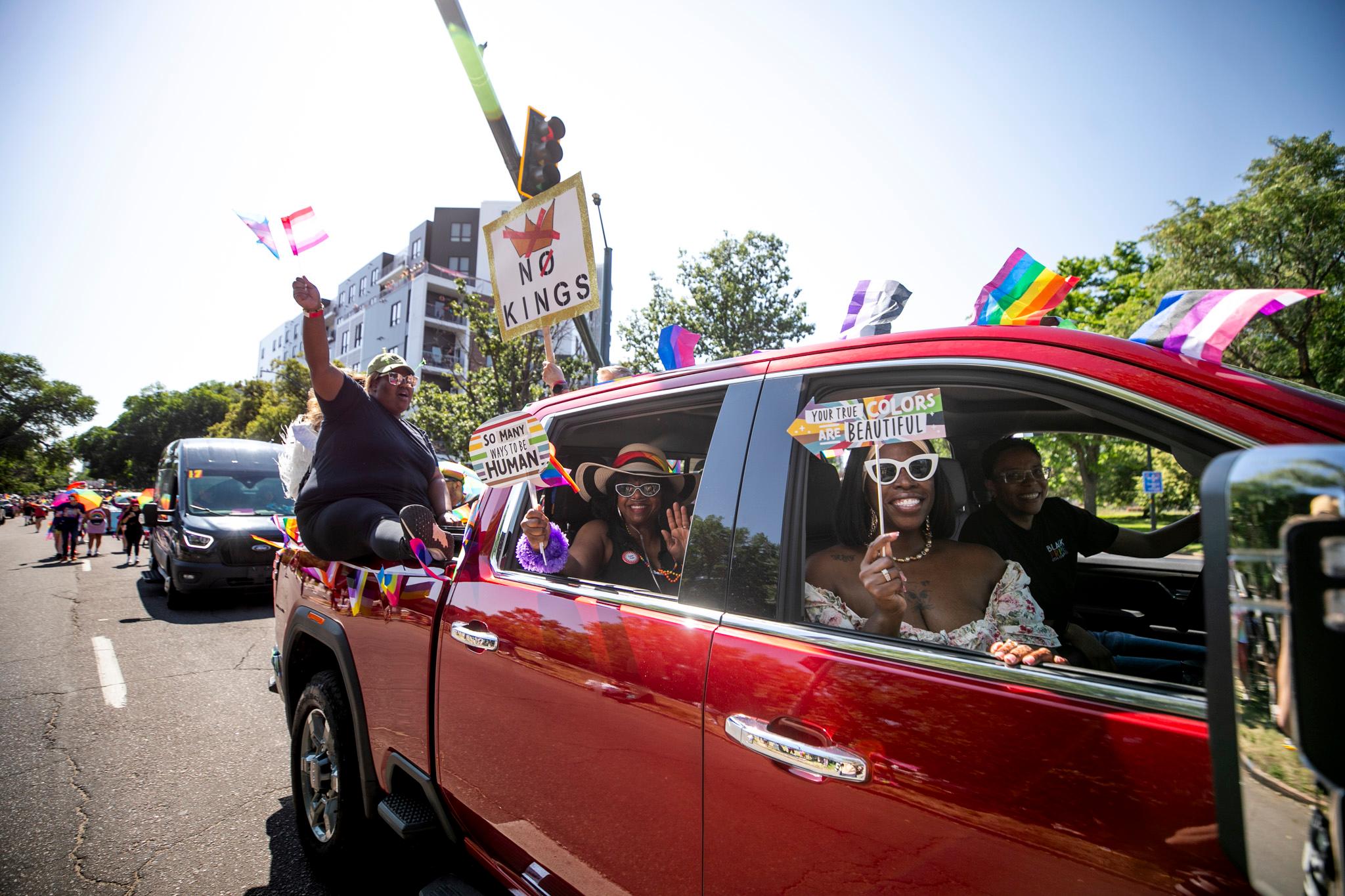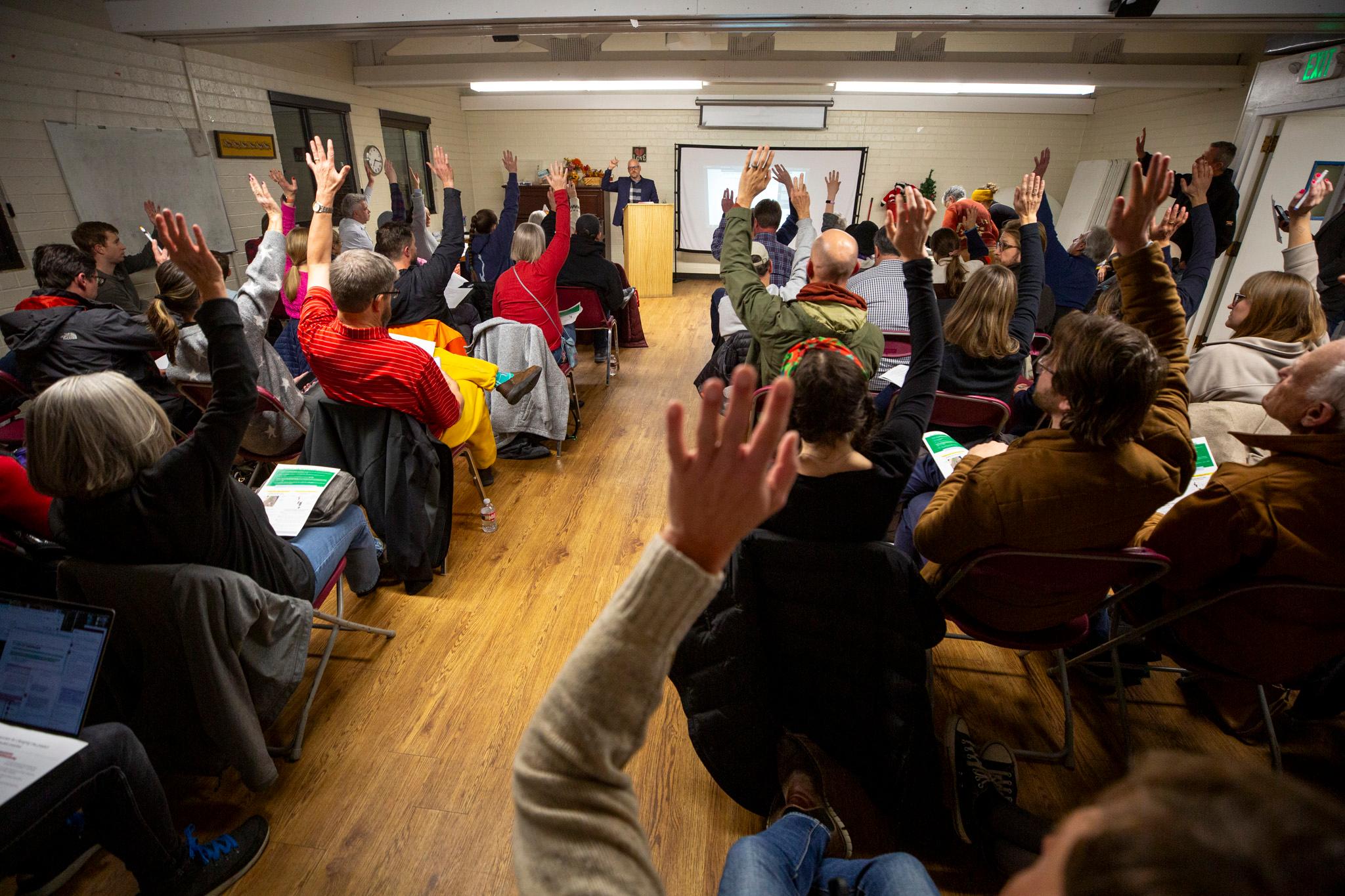Even though City Council hasn’t sent the $950 million Vibrant Denver bond to voters, Mayor Mike Johnston has already embarked on a campaign to drum up public support.
His first stop: a closed-door online meeting on Friday with registered neighborhood organization leaders from across the city. In a recording of the meeting reviewed by Denverite, Johnston pitched the bond as a vital catalyst that needs RNO support to win this November. But he faced criticism from neighborhood leaders he hoped to win over.
“We know bonds are intensely local conversations, because there are specific crosswalks people care about, and specific tennis courts and specific local rec centers and others, and so that's what makes it exciting. It's also what makes it hard, because we always want to do more than we can,” Johnston said at the meeting.
Johnston committed to holding quarterly meetings with neighborhood leaders and sending city staff to RNO meetings as the bond campaign ramps up.
Neighborhood leaders opposed some of the mayor’s chosen projects.
The bond process has been contentious. The city has found it impossible to appease all residents, cutting some budget items to fund others, leading to a never-ending cascade of alienation, depending on what project was cut.
Critical comments similar to those from members of Denver City Council, who have openly criticized the process as rushed while simultaneously moving the package forward, cropped up at Friday’s meeting.
Attendees questioned a lack of funding for safer bike infrastructure, why repairs to two viaducts around Burnham Yard were prioritized and whether now is the right time to invest in the proposed Park Hill Park. One person also questioned whether the bond was the appropriate funding mechanism for a pricey renovation to Red Rocks Amphitheatre’s backstage.
Johnston responded to the criticism the same way he has in the past. He defended the nature of the bond and said it is vital to the city’s future during a major budget deficit — an answer some said they had grown weary of.
“Please no more sales pitches,” Solomon Geigle, a self-described Capitol Hill representative, typed into the meeting’s comment section.
Some leaders in attendance have found themselves in a tough situation. There are projects within the proposed package they want to support, but they aren’t happy to see big budget items that don’t add new value to their neighborhoods.
“The neighborhood desperately wants and needs the Santa Fe [Streetscape] Project. We are very scared that the stubbornness around 6th and 8th (avenues) is going to tank support for this bond, and we’re going to have to wait another 10 years to get adequate sidewalks on Santa Fe (Drive),” Nolan Hahn, the president of the La Alma Lincoln Park neighborhood organization, told Denverite.
That’s a concern Johnston addressed. If the bond measure is sent to voters for the November election, there will be five separate measures split into various categories, like transportation, parks or safety.
“If any one of these measures fails, so say the transportation bucket fails and that $400 million doesn't get passed, we do not have any Plan B for those projects,” Johnston said. “What that means is all $477 million of those projects are now thrown back into line in our capital improvement plan and everything else in that line is pushed $500 million deeper into the waitlist.”
But still, Johnston didn’t seem to indicate his office would budge on funding the most contentious projects — like the $140 million repairs to viaducts on 6th and 8th Avenue and Park Hill Park — in the package.
What’s next for the bond?
Denver City Council will vote on Monday on whether to send the proposal to voters this November for them to decide whether to approve the property tax funded debt package.
Negotiations are still underway, and the package council members voted on this past week could still change.
During that meeting, council members debated numerous amendments to the package, and eventually settled on adding funding for traffic calming measures on 13th and 14th avenues, while decreasing funds allocated towards affordable housing.

